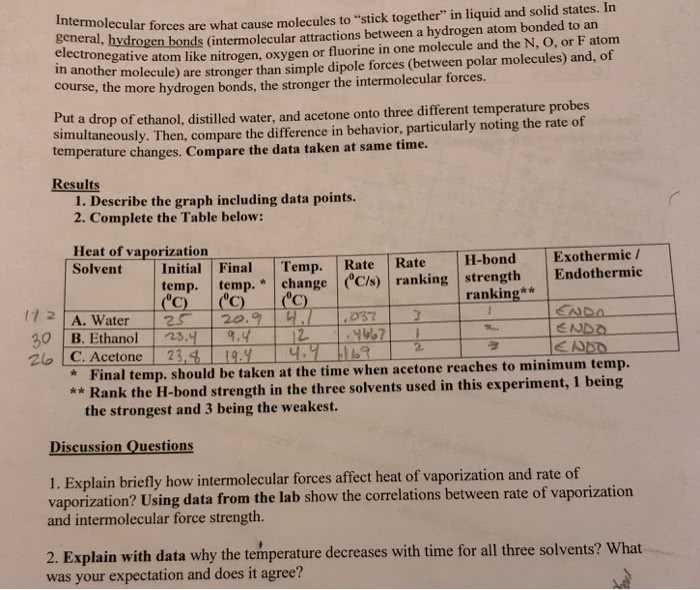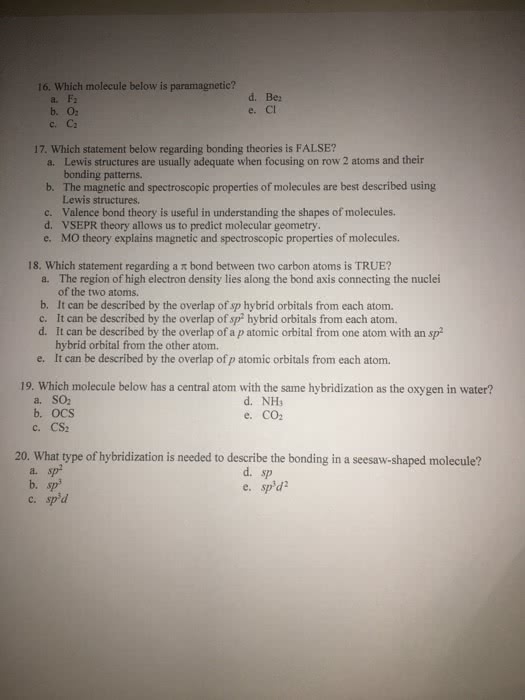CHM 1020 Lecture 2: Chapter 11_ intermolecular forces, liquids, and solids
Document Summary
Types of intermolecularforces ion dipole dipole dipole interaction hydrogen bonding. Ion dipole cations 1anions surrounded by polar molecule magnitude of charge can ahut the strength of the intermolecular tone. Dipole dipole interactions interforce between polgar compounds only important when molecules are close opposites attract it it oh pp y a 1. A c h polarityunequal sharing of electrons in compound the more polar amolecule the higher the boilingpoint more energy. Dipole induceddipoleinteractions polar moleculeof permanent dipolemay interact w neighboringnonpolor moreall causes shiftin electron density. N o or f hydrogen is bonded to either an the it is then interacting with another polar neighbor containing n o w f. London dispersion forces temporary interactions of electrons in reigboring molecules is not required to be polar the movingmolecules makeit polar present in all molecules whether polar or nonpolar polarizability tendencyof an electron cloud to distort in this way. Factors affecting 1 df shape of molecule affects strength skinny strong shortfat weak.



